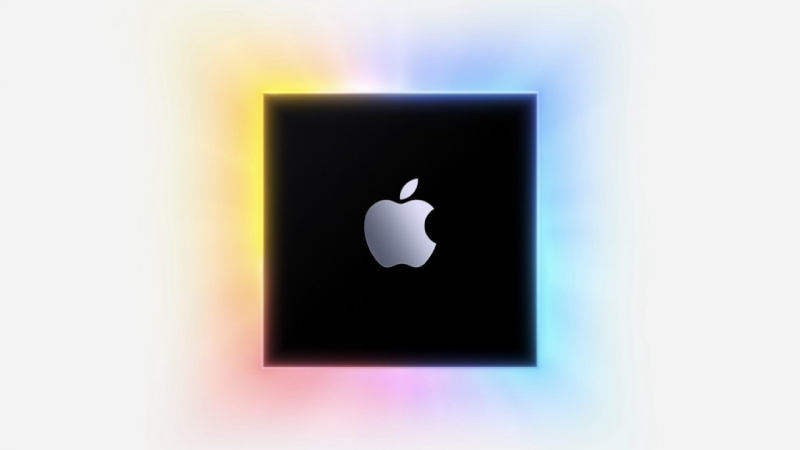Apple’s latest macOS release, known as macOS Tahoe, marks a turning point in the company’s transition away from Intel-based Macs. While support for Intel machines hasn’t been completely dropped just yet, it has now been reduced to a narrow group of models—all released between 2019 and 2020. With the official confirmation from Apple that macOS Tahoe will be the last major version of macOS to support any Intel-powered devices, this limited compatibility strongly suggests the end of the line for Intel Macs. Starting with macOS 27, only Macs running on Apple’s in-house Apple Silicon chips will be eligible for new updates, effectively ending Intel’s long-standing run within Apple’s ecosystem.
Apple intends to keep providing significant security updates for macOS Tahoe through the fall of 2028, despite the fact that support for Intel Macs is ending. That provides a two-year buffer after macOS 27 debuts in 2026. This approach is in keeping with Apple’s usual update lifecycle, where a version of macOS typically receives one year of full updates—including both security patches and new features—followed by an additional two years of security-only maintenance to address vulnerabilities without adding new functionality.
In addition to these modifications, Apple is also changing how it manages Rosetta 2, the dynamic translation tool that was first released to aid in the transition from Intel to Apple Silicon. For the immediate future, Rosetta 2 will remain fully functional across macOS 26 and macOS 27, enabling apps built for Intel architecture to run on newer Apple Silicon-based Macs. However, after that point, Rosetta’s role will shrink considerably. It will be limited to a specific category of legacy software-mostly older games and niche applications that rely on outdated Intel-based libraries and aren’t being updated by their original developers. Going forward, developers who want their software to continue working on future macOS releases will need to rebuild their apps either natively for Apple Silicon or as universal binaries that operate across both chip platforms. This signals Apple’s full embrace of its proprietary architecture, setting the course for the next chapter of macOS.
Topics #Apple #Intel #Intel Mac #Mac #news #Rosetta 2










